As states bring instruction into alignment with the science of reading and seek effective ways to accelerate students’ mastery of foundational skills, the evidence-based SIPPS® program for grades K–12 has been widely recognized as a valuable resource.
SIPPS Is Recognized by State Departments of Education
State departments of education including those of Virginia, Kansas, Ohio, Louisiana, Colorado, Arizona, Maryland, Mississippi, Utah, Idaho, New Mexico, Nevada, and Rhode Island, have vetted and approved SIPPS as high-quality, evidence-based instructional materials for schools and districts.
While the vetting processes vary, many states have affirmed that SIPPS exemplifies the practices necessary to accelerate student achievement in foundational skills acquisition.
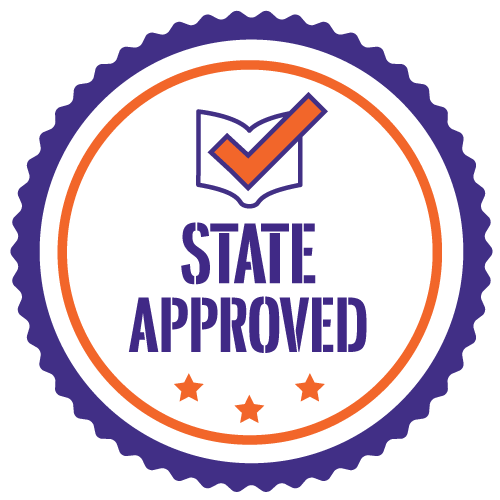
The Evidence Base for SIPPS
Collaborative Classroom and its partners are continually conducting research, analyzing data, and working in classrooms to create and revise programs and services that support students’ development while supporting ongoing teacher learning.
Recent highlights in SIPPS research include:
- SIPPS has met ESSA evidence standards and appears on the Evidence for ESSA website.

- In Pasco County, Florida a quasi-experimental study involving 600 first- and second-grade students in need of reading intervention determined that SIPPS has a significant impact (effect size of .25 using Cohen’s d) on students’ reading achievement. Read the study summary or the full study.
- A quasi-experimental study on third grade students in Pajaro Valley Unified School District, California, examined the differences in reading skills growth between matched groups of students in classes using SIPPS and in classes not using SIPPS. Results indicated that SIPPS was effective in developing third-grade student reading skills, as evidenced by an effect size of .17. Read the full report.
Praise from the Research Community for SIPPS
Dr. Louisa Moats, the nationally recognized researcher and authority on literacy education, has also reviewed and spoken highly of SIPPS.
In an interview with Collaborative Classroom, Dr. Moats called attention to the systematic progression of instruction in SIPPS that she noted in her review:

“Something very unusual stood out for me in SIPPS instruction: the authors, the late Dr. John Shefelbine and his co-author Dr. Kit [Katherine] Newman, really understood the content. I could not find anything in the program’s examples or the order of instruction that I would consider to be misinformed about language structure. That is so unusual. It is terrific to see this alignment—what we are teaching in LETRS is so complementary with SIPPS.
SIPPS has something that I’m always looking for in programs: The authors understand phonology and the distinguishing features of classes of phonemes, which is so important because certain speech sounds can be easily confused with other speech sounds, and the instruction needs to teach children how to distinguish these sounds without overloading them with too much information.”¹
As Dr. Moats mentions, SIPPS is also complementary to LETRS. The instruction in SIPPS makes the content learned in LETRS training actionable for teachers in a systematic, explicit format.
This synergy between the two programs supports teachers in meeting the needs of every reader. (For an educator’s perspective, read about how a LETRS-trained literacy coach draws connections between the two programs to support learning at her school.)
Co-founder of CORE Learning (formerly the Consortium on Reaching Excellence in Education) and an author of the Teaching Reading Sourcebook, Linda Diamond is a longtime advocate of explicit and systematic instruction.
Her experiences working with the late Dr. John Shefelbine, author of the SIPPS program, and alongside schools and districts implementing the program, give her valuable perspective on the program design:
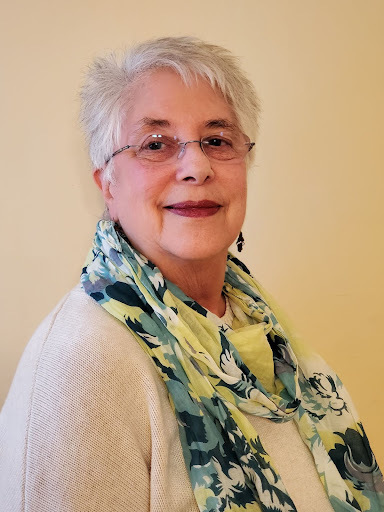
“When considering how instruction should be structured, he [Dr. Shefelbine] knew the importance of clarity and explicitness of routines, as well as the vital role of consistent corrective feedback. He also recognized the power of working in small, differentiated groups and having decodable books that match the instruction so that students are practicing reading in every lesson.
For SIPPS he came up with an ingenious approach to sound-spelling cards (particularly the vowels) and the concept of a preposition as a way for kids to retain the information.
From an assessment perspective, he did an excellent job of building in program mastery assessments so that educators are able to know if instruction is working. And because John was a teacher of reading himself, SIPPS lessons are grounded in that experience, with a straightforward design that is intuitive and makes sense.” ²
Multilingual Learners Succeed with SIPPS
Multiple quasi-experimental third-party studies show that SIPPS instruction results in
significant growth in reading skills among students, including Multilingual Learners.
Orange County Public Schools, FL
In OCPS, a study including 43 percent Hispanic/MLL students concluded that Intervention students who receive SIPPS show statistically meaningful growth in reading skills. The impact of SIPPS was even more profound for the lowest-performing students.
Read the study.
Pajaro Valley Unified School District, CA
In PVUSD, where approximately 50 percent of students are Multilingual Learners,
students receiving SIPPS instruction demonstrated significant growth in reading skills.
Read the study.
Pasco County School District, FL
In this large, diverse district, a study including 25 percent Spanish-speaking/MLL
students concluded, “SIPPS instruction promises far more than a narrow, short-term
gain; it can be a gateway to a significantly different outcome across the K–12 spectrum.”
Read the study.
SIPPS is a proven solution for Multilingual Learners. The program explicitly supports the language development of these students and leverages the language assets they bring. SIPPS meets Multilingual Learners, including students in grades K–12, at their point of need with age-appropriate, accelerative foundational skills intervention.
–District leader Jennifer McMahon, EdD
Get SIPPS Sample Lessons
Download SIPPS Fifth Edition lessons, text excerpts, placement assessments, and the SIPPS brochure.
Educators Trust SIPPS to Help Readers Succeed
Literacy coaches, classroom teachers, district leaders, and community-based tutoring partners praise SIPPS for its ability to reach all readers, its robust supports for successful implementation, and the way the program’s educative design empowers educators to expand their knowledge of research-aligned reading instruction.
SIPPS in Colorado
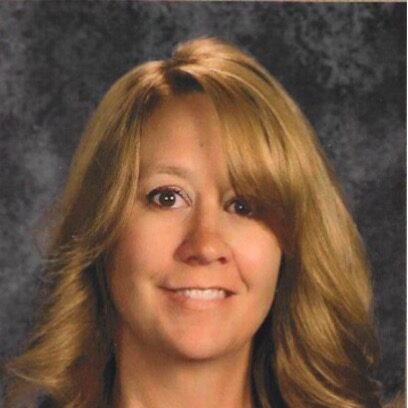
“The research-based scope and sequence sets students up for success and is user-friendly for teachers… SIPPS has provided our school with an intervention program that has been effective and easy to implement. SIPPS has been good for our teachers and even better for our students.”
—Title I Reading Interventionist Julie Platt, Falcon Elementary School of Technology, Colorado Springs, CO
SIPPS in Arizona

“SIPPS is a comprehensive reading-foundations program, far better than anything else I have seen at targeting foundational reading skills in a way students can understand . . . I see teachers being able to support students in real time and encourage students through academic feedback. The teachers have noticed that the students do so well with the routines and structure, they know what to expect next! It’s really a brilliant program.”
SIPPS in Pennsylvania
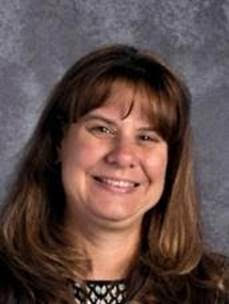
“I appreciate that SIPPS is very focused and organized and provides a scope and sequence . . . I am thrilled with the accuracy of the SIPPS Placement Assessment in identifying students’ exact entry point along the phonics continuum and the direct approach to teaching identified skills at students’ point of need.”
SIPPS in West Virginia
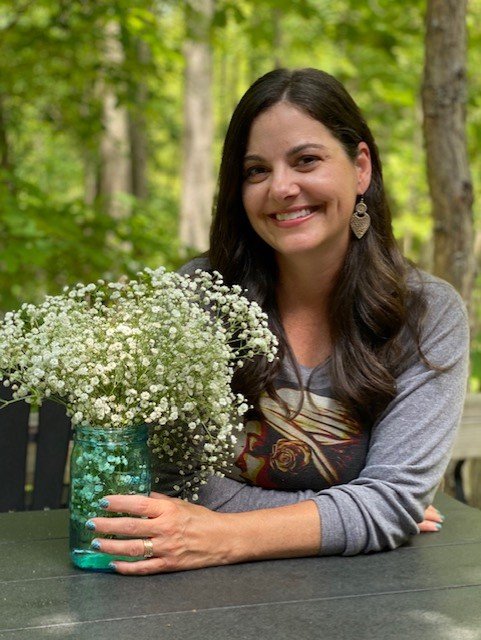
“Students greatly benefit from this program. Specifically, they begin to utilize the techniques and routines that are embedded in the SIPPS instruction. The research-based explicit routines and instructional language offer a high-support system for students as they engage in learning.”
—Michell Craddock, Title 1 Interventionist at Oak Hill Middle School in Fayette County, West Virginia
SIPPS in Texas

“SIPPS contains all the resources teachers need to deliver an explicit and systematic lesson that benefits and saves time for busy teachers . . . Students benefit from explicitly sequenced lessons that help them close reading gaps by motivating them to read using the sight words and the sound and spelling patterns they are learning.”

“Of the HCISD English language learners that participated in the SIPPS program, every first-year student scored above the “Beginner” level, and 80 percent of other English language learners increased in at least one proficiency level from the prior year.”
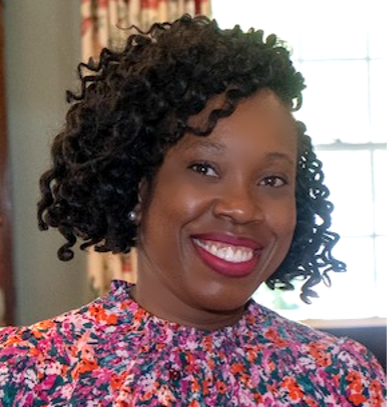
“We love that we see our students progress. We also love that SIPPS is based on practices supported by evidence and current science of reading research. We love that we see our students’ confidence rise when they come to their class and know what to expect because of the SIPPS routines. We love when they are able to apply their new skills to the [SIPPS] little readers. We love the steady progression of lessons and that they fit within our time constraints.”

“I appreciate that SIPPS includes all of the effective instructional components that the International Dyslexia Association (IDA) identifies as meeting the needs of students who struggle with learning to read, and it supports educators to teach these components effectively and efficiently.”
—Alayna Siemonsma, Section 504/Dyslexia Services Coordinator for Montgomery ISD, TX
SIPPS in California

“From the student side, [SIPPS] meets them at their point of need. It’s systematic. They know the routines. They’re not having to second-guess what we’re doing today, and that’s huge for the kids. Because we’re looking at small chunks of their learning, they’re feeling successful . . . With SIPPS, students are set up to be able to do what you’re asking them to do, and there’s immediate feedback with corrective routines for me as needed.”

”What I appreciate about SIPPS is that it addresses all of the reading foundational skills in a sequential and effective manner. Teachers can see results immediately with SIPPS, and they aren’t searching for different components in the curriculum, or trying to design effective teaching sequences on their own. Teachers, even with very little training, get results. And with good training and support, the student results are exemplary. Though the eight elementary schools in my district have tried several other programs, no other program has given us the consistent results that we have achieved through using SIPPS Beginning, Extension, and Challenge in our K–3 classrooms.”
–Chris Ann Horsley, retired Senior Director of Elementary Curriculum at Bonita Unified School District (ranked No. 1 on the California Reading Report Card, 2022)
SIPPS in Montana

“I appreciate that SIPPS takes the guesswork out of foundational skills intervention. It’s rooted in a systematic, research-based scope and sequence and based on a structured literacy approach—all things that we know from the science of reading are essential for reading success . . . I also really appreciate the “curriculum as professional development” approach taken by Collaborative Classroom. There are so many resources to support teachers as they reflect on and continuously improve their practices. It’s truly respectful of the educator as a professional.”
—Genevieve Thomas, Cayuse Prairie School District #10, Kalispell, Montana
SIPPS in Wisconsin

“SIPPS has been a game changer for our staff and students. It is the first program with all the components needed to close the gap for our students.”
—Melissa Kostka, Principal, Kosciuszko Elementary School in Cudahy, WI
SIPPS in New York

“SIPPS is a “one-stop shop” of a program for me. It has every component necessary for success. It can be used with various ages, grades, and across reading levels. It targets all facets of literacy: decoding strategies, vocabulary and background building, phonological awareness, syllabication, text that ties in the high-frequency words and sounds being introduced, comprehension questions, visuals, multisensory techniques … you name it, SIPPS has it. After over two decades of teaching literacy, I love that I don’t have to search for supplements.”
SIPPS in Florida
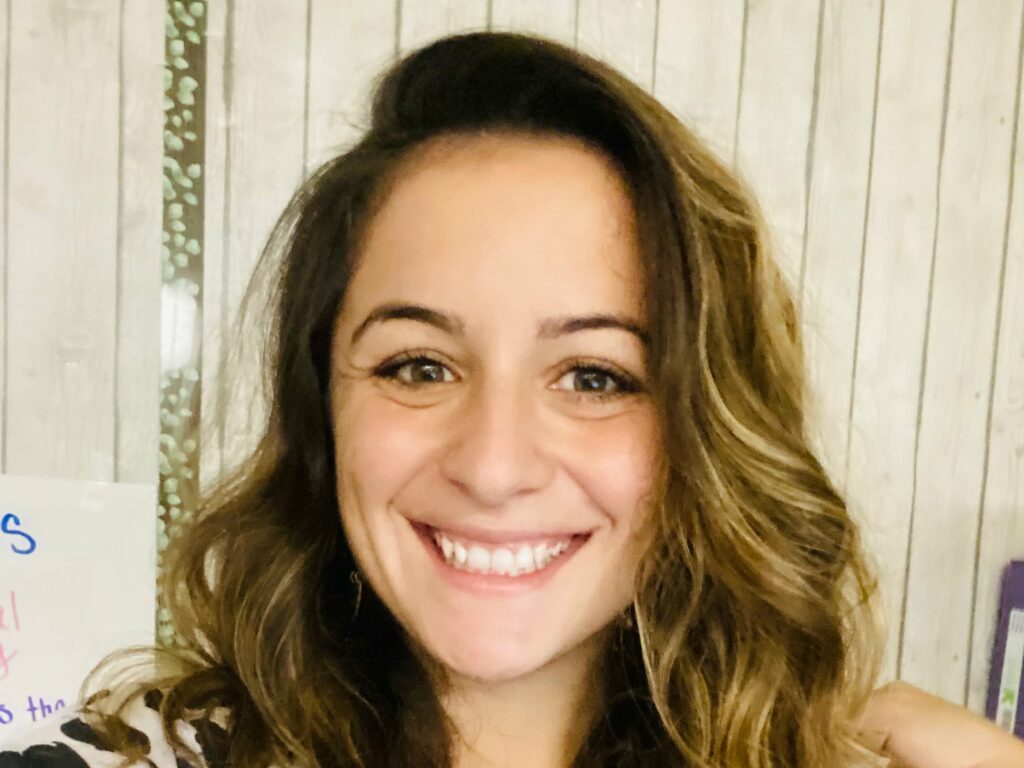
“I had a fifth grader in my class who had slipped through the cracks for years and was still reading at a kindergarten level. I was at a loss on how I could help close the gap and prepare him for middle school… In just five months of SIPPS instruction, this student made significant growth: from a kindergarten level in foundational reading skills to a third grade level.”
– Alexa Speicher, 5th Grade ELA Teacher, Hillsborough County Public Schools, Florida
SIPPS in Kansas
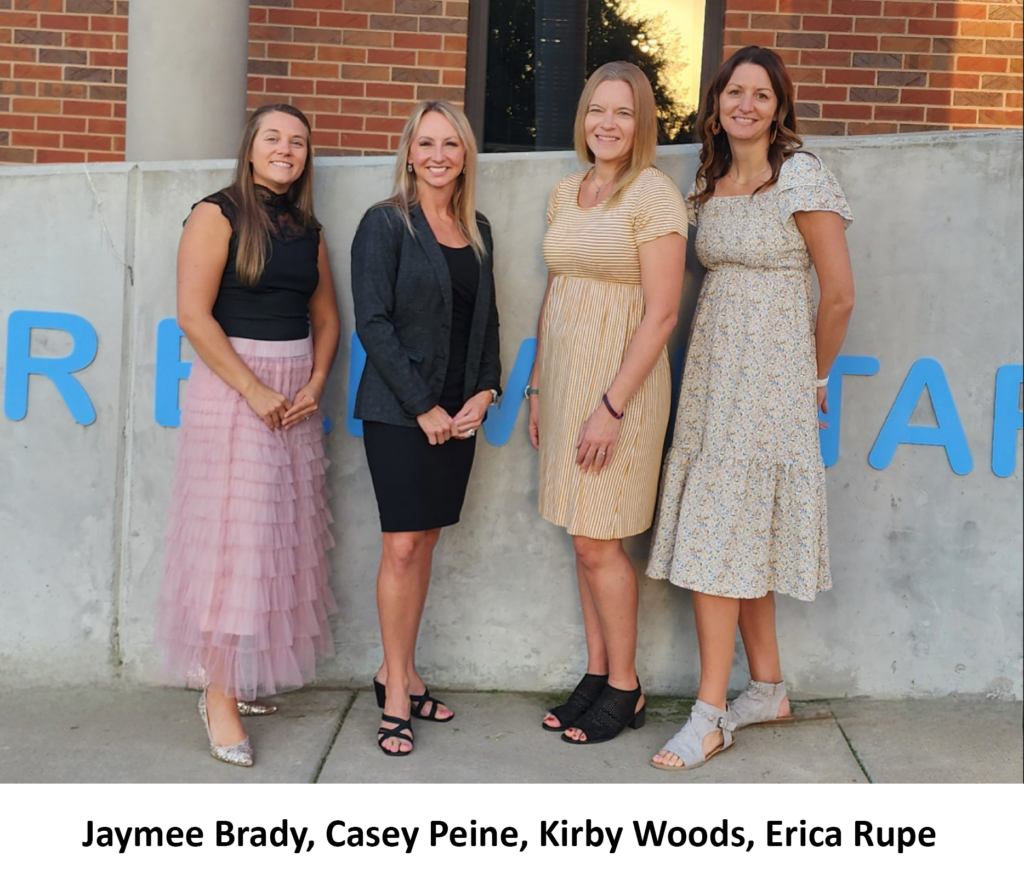
“SIPPS is grounded in research, which makes it a great choice for schools looking for proven methods to improve literacy outcomes.
Reading is a source of frustration for many of our at-risk students. The structure and consistent approach of SIPPS promotes confidence as students experience success in mastering skills.”
–Casey Peine, Director of Teaching and Learning, Clearwater, Kansas Public Schools
Learn More
- Explore the program.
- Learn why SIPPS succeeds in tutoring programs, summer school, and expanded learning settings.
- Download sample SIPPS lessons and placement assessments.
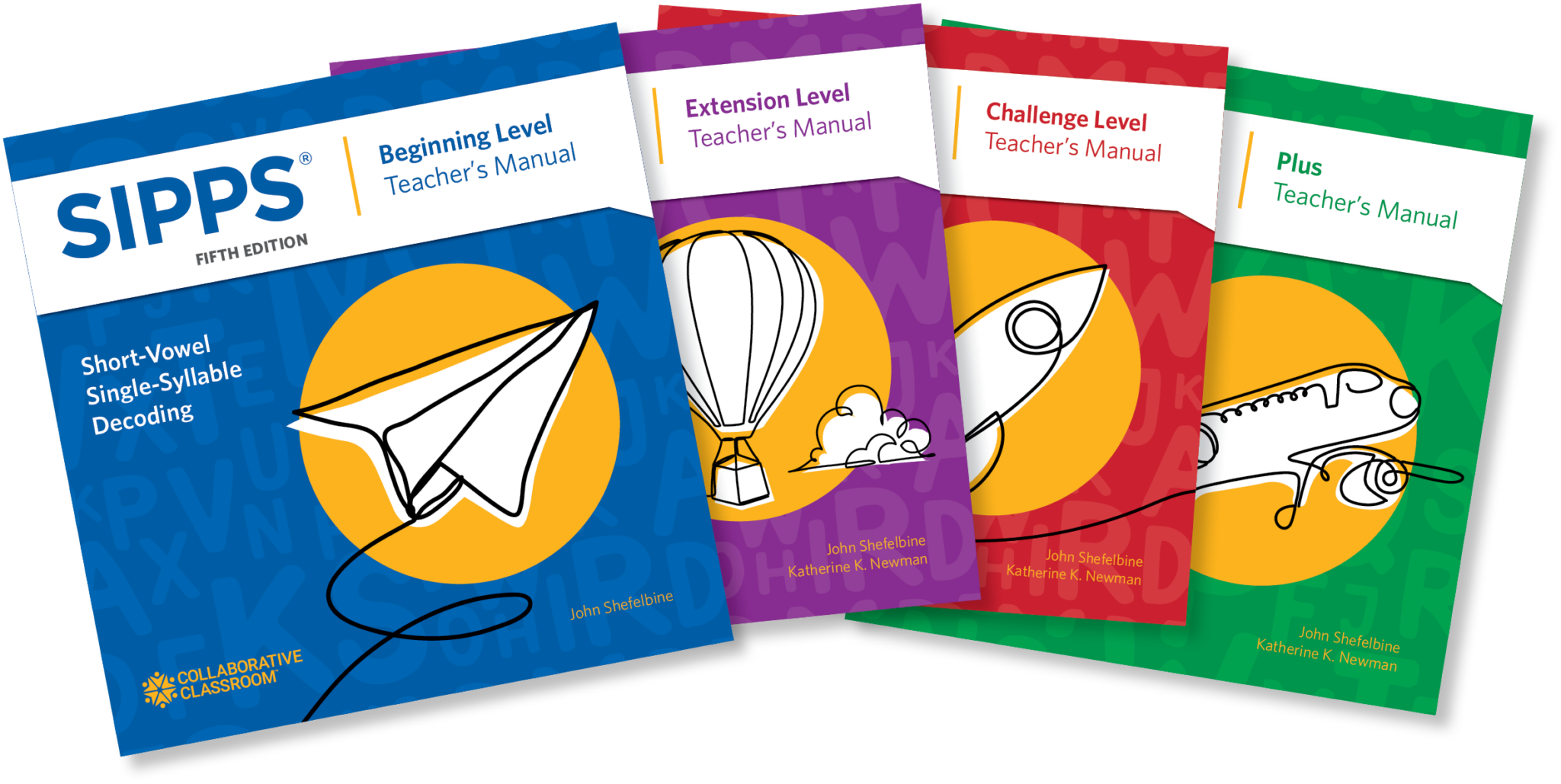
¹https://www.collaborativeclassroom.org/blog/the-science-of-reading-with-dr-louisa-moats/
²https://www.collaborativeclassroom.org/blog/supporting-all-readers-before-and-during-covid-19/
Get SIPPS Sample Lessons
Download lessons, text excerpts, placement assessments, and the SIPPS brochure.